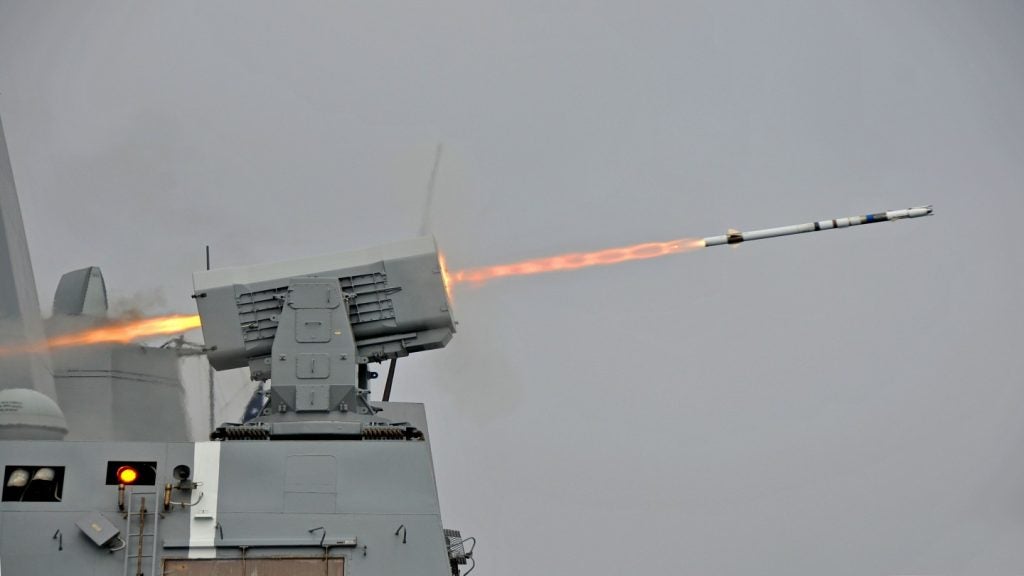Cobham, in partnership with Seasat, has demonstrated L band interference resistant Sea Tel 9797B and Sea Tel 4009M marine stabilised antenna systems, designed to solve interference issues faced by the Royal Danish Navy.
The antenna systems, operating in the X band and Ku band radio frequency spectrum respectively, have been designed so that pseudo signals are weakened by a minimum of – 60dBc to comply with Nato standard.
Cobham Antenna Systems vice president Fred Cahill said the Danish Navy has been a loyal end-user of Sea Tel products and was dealing with a unique challenge.
"This is an exciting development, in particular because it allows navies around the world to continue the use of their L band radars without the dangers of spurious signals and interference to others," Cahill added.
The Danish Defence Acquisition and Logistics Organization (DALO) has procured the antenna systems.
DALO Satellite Services project manager Peter Malmberg said the organisation was happy with the performance of the 2.4m and 1m systems that Sea Tel designed to solve the interference issue.
"This issue was causing significant problems for us, making simultaneous use of the o board L band radar and the satellite antennas impossible," Malmberg added.
The systems were designed to provide protection against field strength of 100V/m to decrease transmission of false signals to the satellite.
Zone Isolation Methodology (ZIM) was used by Cobham to mitigate deceiving noise originating at interconnection zones, which include various electrical and electronic components in the antenna system.
Interference between the L band frequencies, a standard for communication between the indoor equipment and antenna systems on board, is caused as both navies and commercial ships use radars that operate in the same frequency range.








